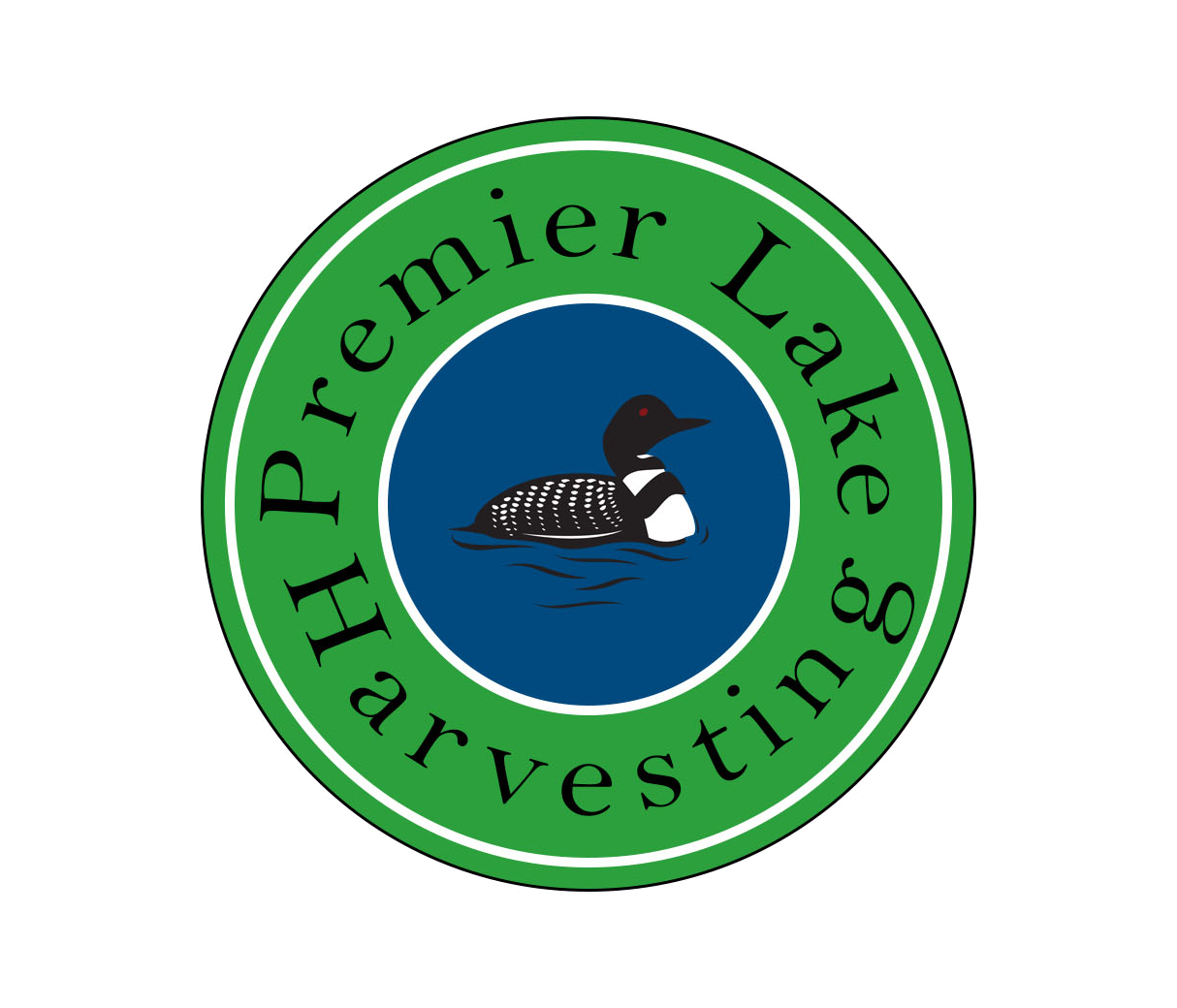How bad are the Zebra Mussels in Minnesota Lakes?
Since 1989 when Zebra Mussels were first discovered in Minnesota, they have managed to expand to over 150 bodies of water throughout Minnesota. Given that a single female can produce up to 1 million eggs every year, controlling the spread of these small filter feeders can be very difficult!
How to stop the spread?
The Minnesota DNR lists three main steps every boater should take, as well as a few other precautions that will help stop the spread of Zebra Mussels and other invasive species.
Step 1
Clean off your boat after pulling it out of the water. It doesn’t take very long but it is important to visually check your boat, trailer and really anything that has been in the water, for lake weeds, Zebra Mussels, or other invasive species and clean off anything you can see.
Step 2
Drain your boat, livewell, baitwell, minnow buckets and anything else that collected water while you were out on the lake. It is also important to leave your drain plugs out after leaving the lake and transporting your boat, this will help the boat fully dry out.
Step 3
Dispose. Throw away any bait that you don’t want to keep. Whether it’s minnows, worms, leeches, or other baits, make sure to throw away your bait. Not only can this help stop the unwanted spreading of invasive species, it is also illegal to release bait into the lakes.
Another Helpful Tip!
Zebra Mussels and their larva can attach to your boat propeller and pretty much everywhere else. Seeing these little guys is hard enough, cleaning every last larva off the propeller is even harder. The best way to make sure that you are not giving Zebra Mussels a free ride to the next lake is to simply leave the boat out of the water for 5 days between lakes. This is enough time for the Zebra Mussels to dry out and die off.
To learn more about aquatic invasive species and regulations here are a couple of links!
https://www.dnr.state.mn.us/invasives/preventspread_watercraft.html

